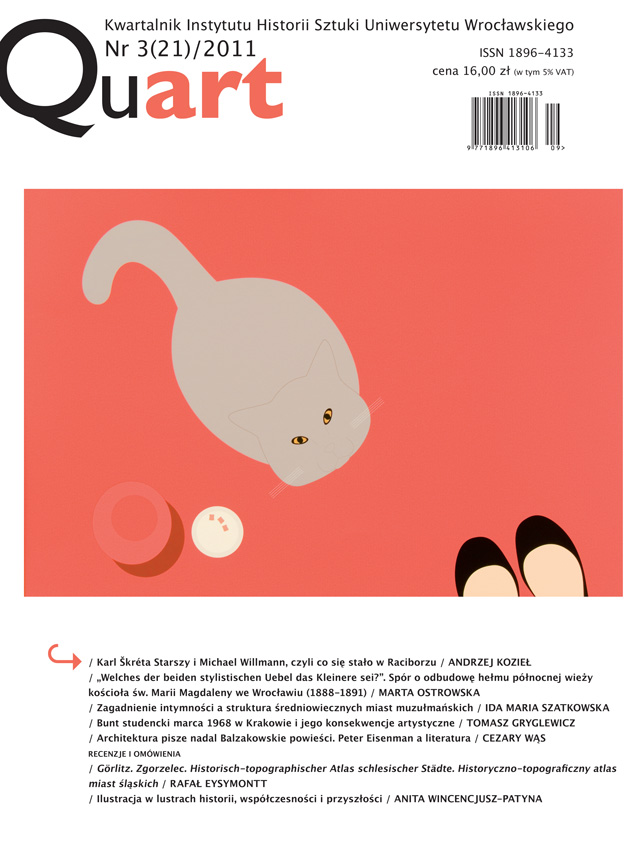Zagadnienie intymności a struktura średniowiecznych miast muzułmańskich
The issue of intimacy and the structure of medieval Muslim cities
Author(s): Ida Maria SzatkowskaSubject(s): Fine Arts / Performing Arts, Architecture, History of Art
Published by: Wydawnictwo Uniwersytetu Wrocławskiego
Summary/Abstract: For a Muslim the border between private and public matters is an undisputable and commonly protected value. Therefore, in the religion of Islam questions of home and family have a superior imortance over public or social issues: they guarantee privacy and secretness of a family life. The concept of intimacy, one of the key questions in the world of Islam, comes as one of the most important elements organising physical space of Arab mud _ n. And this is because mud _ n, more than dwellers’ communities, operate and resemble believers’ communities, they have their own laws, norms and regulations, which are bases for the urbanistic organization of their towns. Hence we should regard to Islamic city planning rather than to city planning of the Arab-Muslim world, as its rules derives from the texts of Koran rather than from secular treaties. The rights to privacy, social equality and inheritance, based on Koran records, undoubtedly left their prints on Muslim city planning, on architecture of housing estates as well as on its semi-private character. The intimacy of a Muslim town was not about social segregation or isolation, it did not derive from fear or being afraid of what is ‘outside’. Secrecy of life in the cultures of Islam was and still is one of elements of the confessed belief, which defined strictly not only a life model of medina dwellers but also medina urbanistic structure.
Journal: Quart
- Issue Year: 21/2011
- Issue No: 3
- Page Range: 44-63
- Page Count: 20
- Language: Polish

